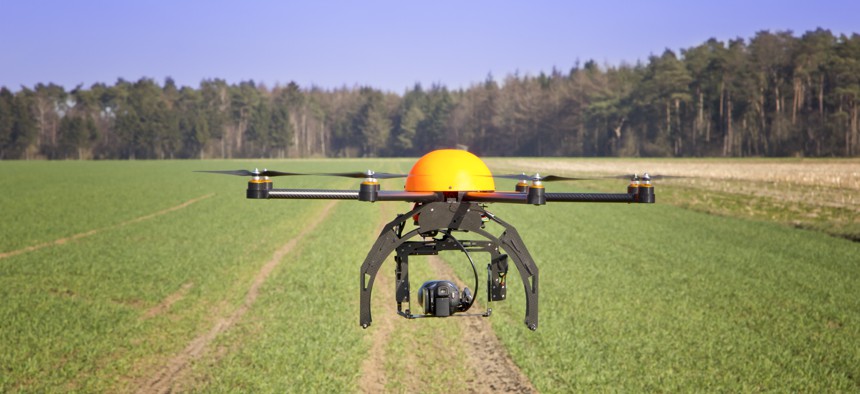Drone Aircraft Help Save Taxpayer Dollars in Hawaii

Robert Mandel / Shutterstock.com

Connecting state and local government leaders
They also make certain dangerous jobs safer.
In the wake of the series of brutal winter snowstorms that slammed New England earlier this year, the local fire department in Plymouth, Massachusetts, used drones to survey the extent of the damage. It was one of many good examples of how the emerging technology can be used at the local level.
Here’s another case study of how unmanned aircraft can be powerful tools for government operations: In Hawaii, agencies and researchers are integrating drones into their work to not only save taxpayers money but also limit accidents on the job.
Drones are giving federal government researchers the ability to model beach erosion along an entire stretch of shoreline in minutes, according to Honolulu Civil Beat. Before the use of drones, modeling just a small section of sand would take months.
University of Hawaii researchers monitoring groundwater runoff no longer pay $1,000 an hour for a manned aircraft on pre-approved Federal Aviation Administration flight paths. A drone costing roughly the same amount offers large-scale mapping in real time.
“Since it’s our tax dollars paying for this research, it’s great to see such interest in using technology to not only save money, but to speed the research and the application of the results, all while saving time and keeping everyone safe,” Jason Rushin, a Civil Beat contributor, wrote in a recent guest article.
But drones are being used off the beach as well.
Monotonous jobs like surveying farm irrigation systems can sometimes be dangerous for pilots. Those flights are now being replaced with drone technology.
Honolulu’s fire department, which covers the entire island of Oahu, uses such unmanned aerial systems (UAS) to safely spot brush fires.
With increased drone use has come the emergence of the Hawaii Drone Club, whose members to facilitate their everyday use, while one part-time resident’s manufacturing company plans to make the devices “smartphone simple”—guided with the swipe of a finger.
Hawaii’s drone users still have to contend with the FAA’s requirement that UASs be flown within the line of sight of the operator.
Amazon is already testing its drone delivery service, proposed in 2013, outside the U.S. at an undisclosed site in British Columbia because the FAA has yet to issue comprehensive regulations on commercial drone use, The Guardian reported.
The FAA stated the market for drones “does not yet exist,” but entrepreneurs have said otherwise and are skirting agency rules to serve governments, the real estate sector and news-gathering operations—a black market estimated to be worth hundreds of millions of dollars, The Wall Street Journal reported.
On Monday, the International Drone Conference and Exposition announced that its Las Vegas expo in September will include classes and panels for current and aspiring drone business owners on best practices and how to navigate the complexities of the FAA regulations.
In preparation for the PGA’s upcoming 2015 Masters Golf Tournament in Augusta, Georgia, the consolidated city-county government approved a drone ban for the length of the tournament, April 9 through April 13, The Augusta Chronicle reported.
The local sheriff’s department hopes to intercept anyone attempting to disrupt the tournament before they launch a drone from inside the security buffer or when they try and retrieve them. But, as officials have said, this is a first for local law enforcement.
“It’s going to be one of those things that you learn as you go,” Lt. Allan Rollins told the Chronicle. “These have never been an issue before. We’re going to get into privacy issues and we’re going to get into safety issues.”





